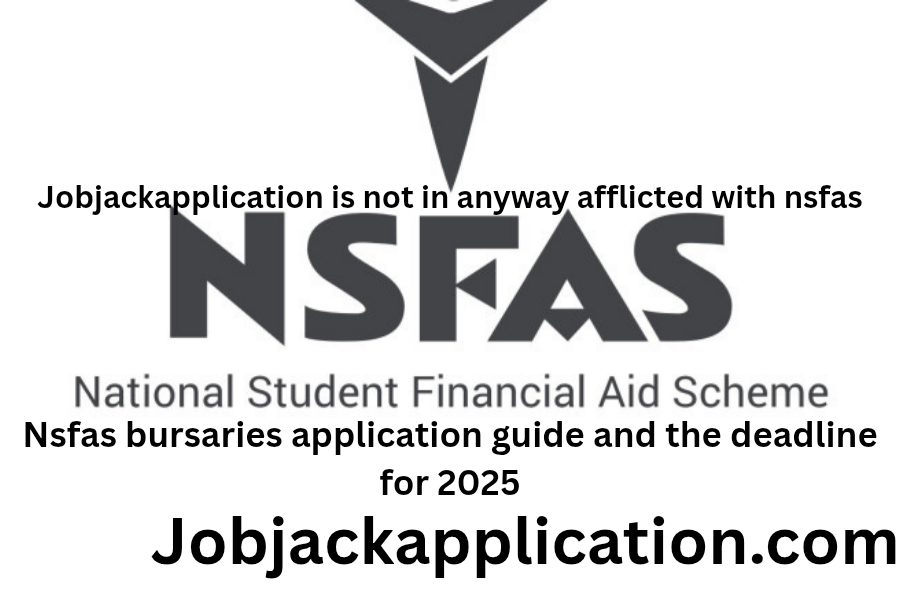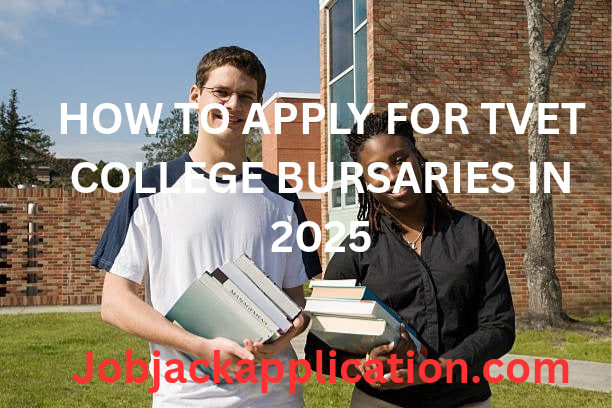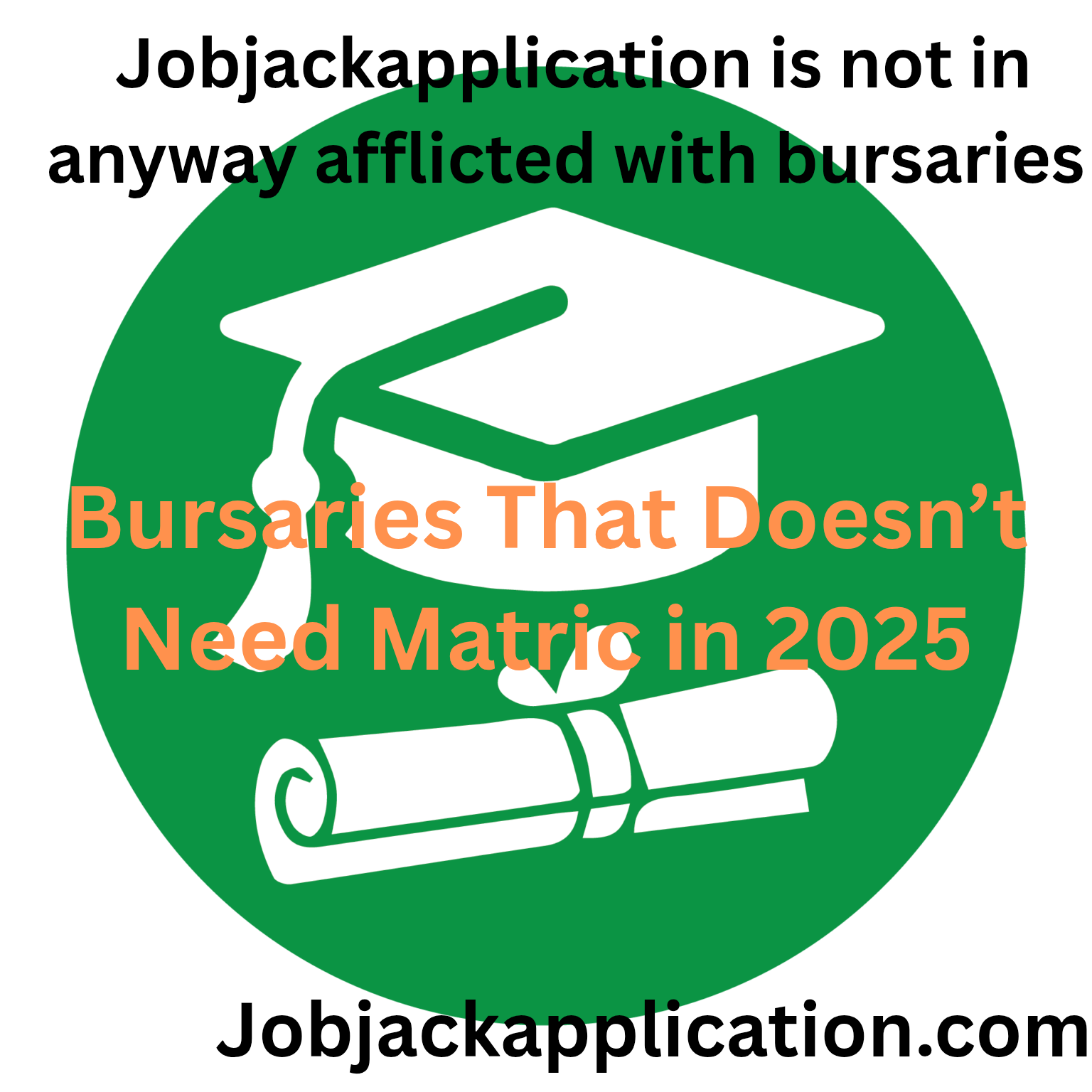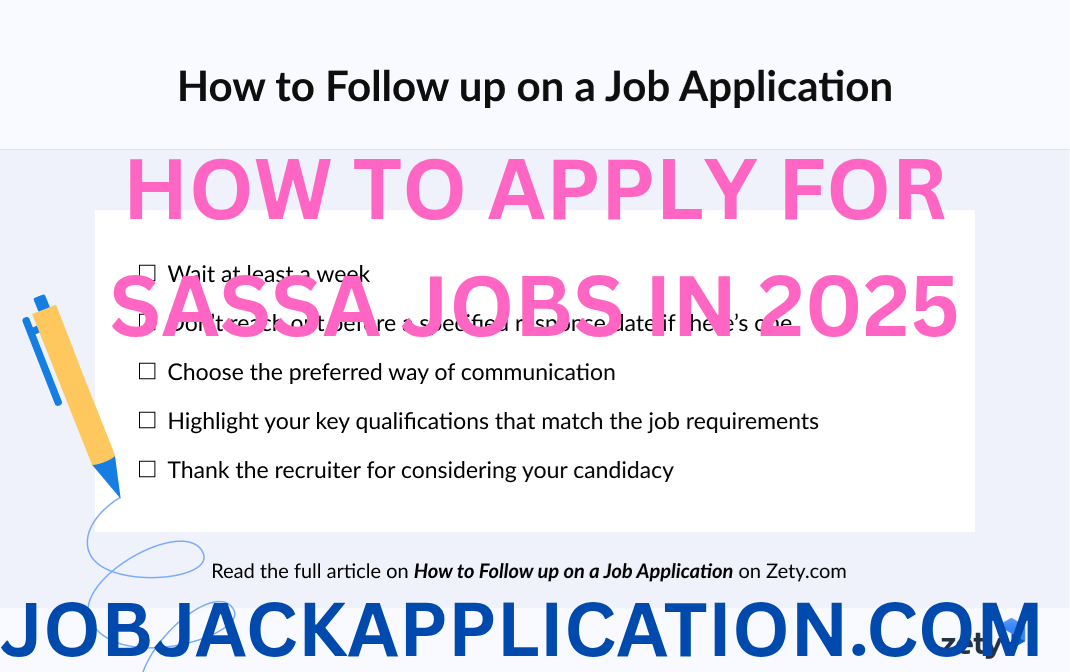NSFAS Bursaries Application Guide and Deadline 2025 – Step-by-Step Process
Introduction
Getting financial aid for higher education can be a game-changer. In South Africa, the National Student Financial Aid Scheme (NSFAS) plays a critical role in helping students from low-income households afford tertiary education. For international readers from the US, UK, or Canada, NSFAS functions similarly to a government-funded grant or scholarship program.
In this comprehensive guide, we will explore everything you need to know about the NSFAS bursaries application process and the deadline for 2025. This post aims to make it easy, clear, and actionable—whether you are a high school graduate preparing to enter university, a TVET college student, or a parent assisting your child with the process.
What is NSFAS?
The National Student Financial Aid Scheme (NSFAS) is a South African government initiative that funds the studies of students who come from financially disadvantaged backgrounds. It was established in 1996 and restructured in 1999 to provide more accessible funding, specifically in the form of bursaries (grants) rather than loans.
NSFAS covers:
- Tuition fees
- Accommodation
- Transport
- Living allowances
- Books and study materials
- Registration fees
Funding is available for students attending public universities and Technical and Vocational Education and Training (TVET) colleges.
Who Qualifies for NSFAS in 2025?
Before applying, it’s important to ensure you meet the eligibility requirements. Here’s who qualifies for NSFAS in 2025:
- You are a South African citizen or permanent resident.
- Your combined household income is less than R350,000 per year (or less than R600,000 if you are a student with a disability).
- You are applying for your first undergraduate qualification or continuing with your studies under NSFAS.
- You are enrolled or accepted to study at a public university or TVET college in South Africa.
Note: NSFAS does not fund postgraduate courses except for a few postgraduate certificates in education (PGCE) and postgraduate diplomas in accounting (PGDA), under very limited circumstances.
NSFAS Application Dates for 2025
One of the most important parts of the NSFAS process is meeting the application deadline. Missing the deadline means losing out on funding for the entire academic year.
Key NSFAS Deadlines for 2025:
- Opening Date: 20 September 2024
- Closing Date: 15 December 2024
Mid-Year Applications:
If you begin your studies in July or switch institutions mid-year, NSFAS allows for a mid-year application period. The cut-off for mid-year applications is:
- Mid-Year Deadline: 30 June 2025
All applications must be submitted online via the official NSFAS portal: https://www.nsfas.org.za
Step-by-Step NSFAS Application Guide 2025
Step 1: Create a myNSFAS Account
Visit the NSFAS website and click on the “myNSFAS” portal. You’ll be asked to register an account using your:
- South African ID number
- Email address
- Cellphone number
- A secure password
Once done, you’ll receive a verification link via email or SMS to confirm your account.
Step 2: Login and Start the Application
After activating your account, log in to myNSFAS using your ID number and password. Click “Apply” and begin completing your online application form.
Step 3: Fill in Personal and Academic Details
You will need to provide:
- Your full name and contact details
- Parent/guardian information
- Household income and employment status
- Your current academic level and intended course
- Institution details (e.g., University of Cape Town, UNISA, TVET College)
Step 4: Upload Supporting Documents
Uploading the correct documents is vital. If any are missing or unclear, your application may be rejected.
Required Documents for NSFAS Application 2025
Ensure you have certified copies (not older than 3 months) of the following:
- Student’s South African ID or birth certificate
- Parent(s)/Guardian(s)’ South African ID
- Proof of income (latest payslips, affidavit if unemployed, or SASSA letter)
- Academic results or most recent school report
- Proof of acceptance at a public university or TVET college
- Disability form (if applicable)
- Death certificate of parent(s)/guardian(s) (if orphaned)
- Consent form signed by parent(s)/guardian(s) for NSFAS to verify income
All documents should be clear, readable, and properly scanned in PDF or JPEG format.
Step 5: Submit Application
Review your application thoroughly. Click the “Submit” button once you’re confident that all sections are filled correctly and all documents are uploaded. You’ll receive a confirmation email and SMS with a reference number.
Step 6: Wait for Application Status Updates
You can track your application by logging into your myNSFAS account. Common status messages include:
- Application Submitted
- Filtering
- Validation
- Evaluation
- Funding Eligibility
- Awaiting Academic Results/Admission
- Application Approved or Rejected
Processing typically takes between 4 to 8 weeks, but delays can occur during peak periods.
Step 7: Accept the NSFAS Agreement
If your application is successful, you will be required to sign a bursary agreement electronically via your myNSFAS portal. This must be completed before any payments are made.
NSFAS Appeals Process
If your application is rejected, you have the right to appeal. This must be done within 30 days of receiving your rejection notice.
Valid reasons for appeal include:
- Changed financial circumstances
- Incorrect information captured during the initial application
- Missing documents that are now available
Submit the appeal online with supporting documentation, and you will receive feedback within a few weeks.
Tips to Avoid Application Rejection
- Apply early – Don’t wait until the last week. Server delays and errors are common near the deadline.
- Double-check every form entry – Ensure your name, ID, and contact details are correct.
- Submit clear, certified documents – Avoid blurry or expired certifications.
- Track your application regularly – Respond promptly to any NSFAS communication.
- Appeal quickly – If rejected, submit your appeal with proof and context.
How NSFAS Pays Students
Funds are paid directly to your institution for tuition and accommodation. Living allowances (for food, transport, personal care) are paid monthly into your bank account or via NSFAS-linked banking partners.
Typical allowances:
- Living Allowance: R15,000 per year
- Transport Allowance: Up to R7,500 (if staying at home)
- Book Allowance: Around R5,200
- Incidental/Personal Care: R2,900
TVET college students receive similar packages depending on campus location and course type.
NSFAS and International Relevance
For readers from the United States, United Kingdom, or Canada, NSFAS is comparable to:
- FAFSA (USA) – The Free Application for Federal Student Aid provides grants like the Pell Grant.
- Student Finance England (UK) – Offers loans and grants to students in the UK based on income.
- Canada Student Grants and Loans – Supports Canadian students with need-based and merit-based funding.
These systems differ in structure but share a common goal: expanding access to higher education for low-income students.
Frequently Asked Questions (FAQs)
Q: Is NSFAS available to postgraduate students?
A: Not typically. Only limited postgraduate programs like PGCE or PGDA may be funded.
Q: Does NSFAS fund private colleges or universities?
A: No. Only public institutions are eligible.
Q: Can I apply again if I was previously rejected?
A: Yes, especially if your financial situation has changed or you now meet the eligibility criteria.
Q: What happens if I drop out mid-year?
A: You must inform NSFAS immediately. Future funding may be affected.
Conclusion
The NSFAS bursaries application guide and deadline for 2025 should now be crystal clear. From creating an account and uploading documents to tracking your application and receiving payments, the steps are straightforward—if followed properly and on time.
Don’t wait until December or June to start. Apply as early as September 2024 to beat the rush and secure your funding without stress.
Remember, education is an investment. And with NSFAS, it doesn’t have to come with crushing debt—just careful planning.








Leave a Reply